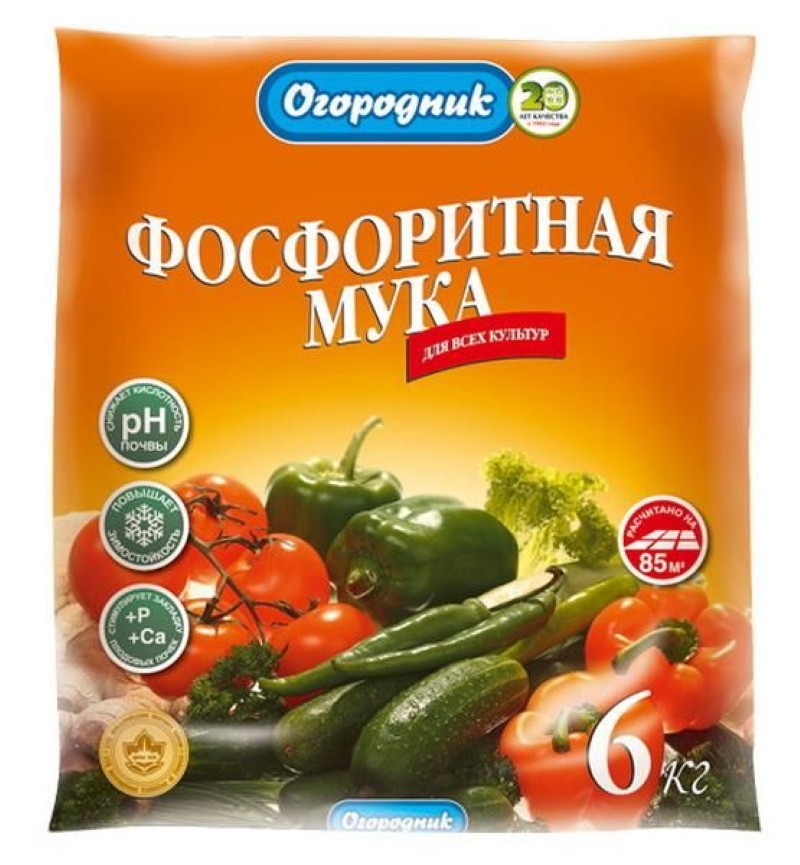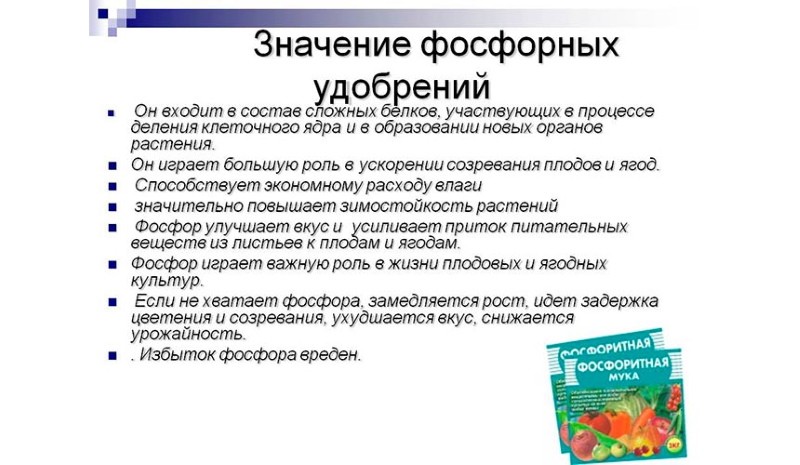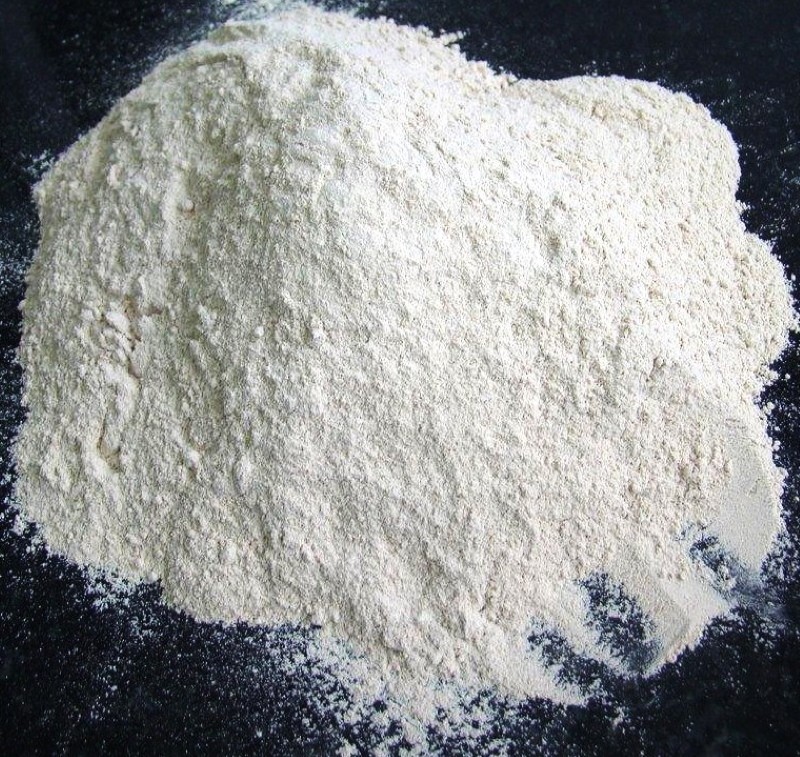Natural mineral fertilizer for all crops - phosphate rock, application
 When growing garden and horticultural crops, we all strive for their harvest to be environmentally friendly and natural. The main role for the development and fruiting of plants is played by their full nutrition, which is impossible without additional fertilizers. One of the purest natural fertilizers is phosphorite flour, the use of which is absolutely harmless to plants, but very useful for them. A completely natural remedy, flour is a natural mineral fertilizer from sedimentary rocks. The grayish powder consists of crystalline phosphorite bodies, which are dominated by phosphorus (up to 30% of the total composition). In addition, phosphate rock contains other elements that are no less useful and necessary for plants. It will help meet the needs of plants for calcium, silicon and magnesium.
When growing garden and horticultural crops, we all strive for their harvest to be environmentally friendly and natural. The main role for the development and fruiting of plants is played by their full nutrition, which is impossible without additional fertilizers. One of the purest natural fertilizers is phosphorite flour, the use of which is absolutely harmless to plants, but very useful for them. A completely natural remedy, flour is a natural mineral fertilizer from sedimentary rocks. The grayish powder consists of crystalline phosphorite bodies, which are dominated by phosphorus (up to 30% of the total composition). In addition, phosphate rock contains other elements that are no less useful and necessary for plants. It will help meet the needs of plants for calcium, silicon and magnesium.
Useful properties and features of phosphate rock

- growth accelerates;
- increased productivity and winter hardiness;
- tillering is stimulated;
- the formation of the root system is improved.
Phosphorite flour is difficult for plants to digest. However, in soils with acidity above 7, phosphorus is converted to a more accessible form. Therefore, this fertilizer is most often used for acidic soils.
 Natural fertilizer has prolonged action. It is enough to add it once every 4 years to provide the cultures with phosphorus. The flour gradually dissolves and feeds the plants for a long time. It also keeps the acidity of the soil normal. Such a remedy is suitable for almost all types of crops, from cereals to gardening.
Natural fertilizer has prolonged action. It is enough to add it once every 4 years to provide the cultures with phosphorus. The flour gradually dissolves and feeds the plants for a long time. It also keeps the acidity of the soil normal. Such a remedy is suitable for almost all types of crops, from cereals to gardening.
Phosphate rock - use in horticulture and horticulture
 The drug can serve as both the main fertilizer and additional fertilizing for plants that are deficient in phosphorus:
The drug can serve as both the main fertilizer and additional fertilizing for plants that are deficient in phosphorus:
- As the main fertilizer, dry flour is applied on acidic soils. Frequency: once every 4-5 years in the fall for digging a site at the rate of 200 g per 1 sq. m.
- On fertile soils, fertilizer is used as an additional plant nutrition. To do this, powder in an amount of 20 g is diluted in 10 liters of water and sprayed on the culture.
Phosphoric flour should not be applied after ash, slaked lime, chalk, and also after limestone and dolomite flour. In this case, phosphorus is used only in the next season.